
Historian, YouTuber, Heathen community leader 🇬🇧 🏴 some tweets are satirical. Over 26 million views on YouTube https://t.co/fk3pIUNubH
How to get URL link on X (Twitter) App

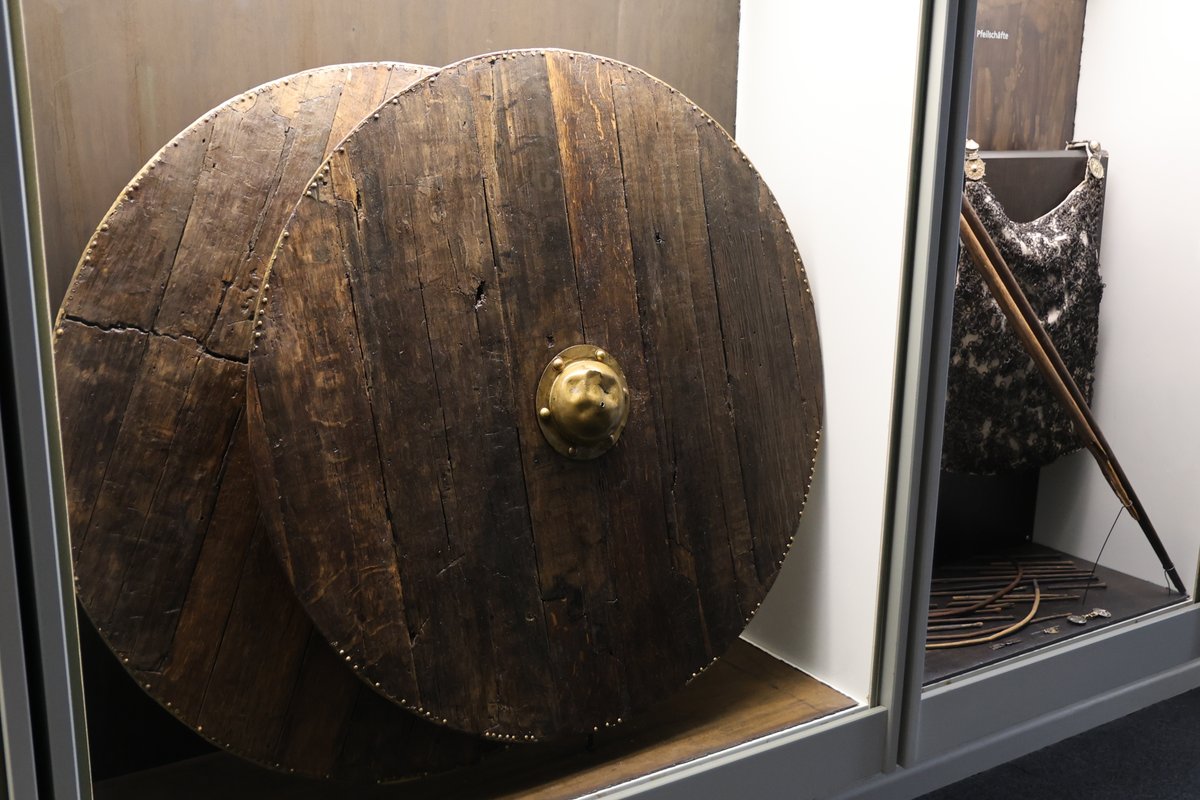

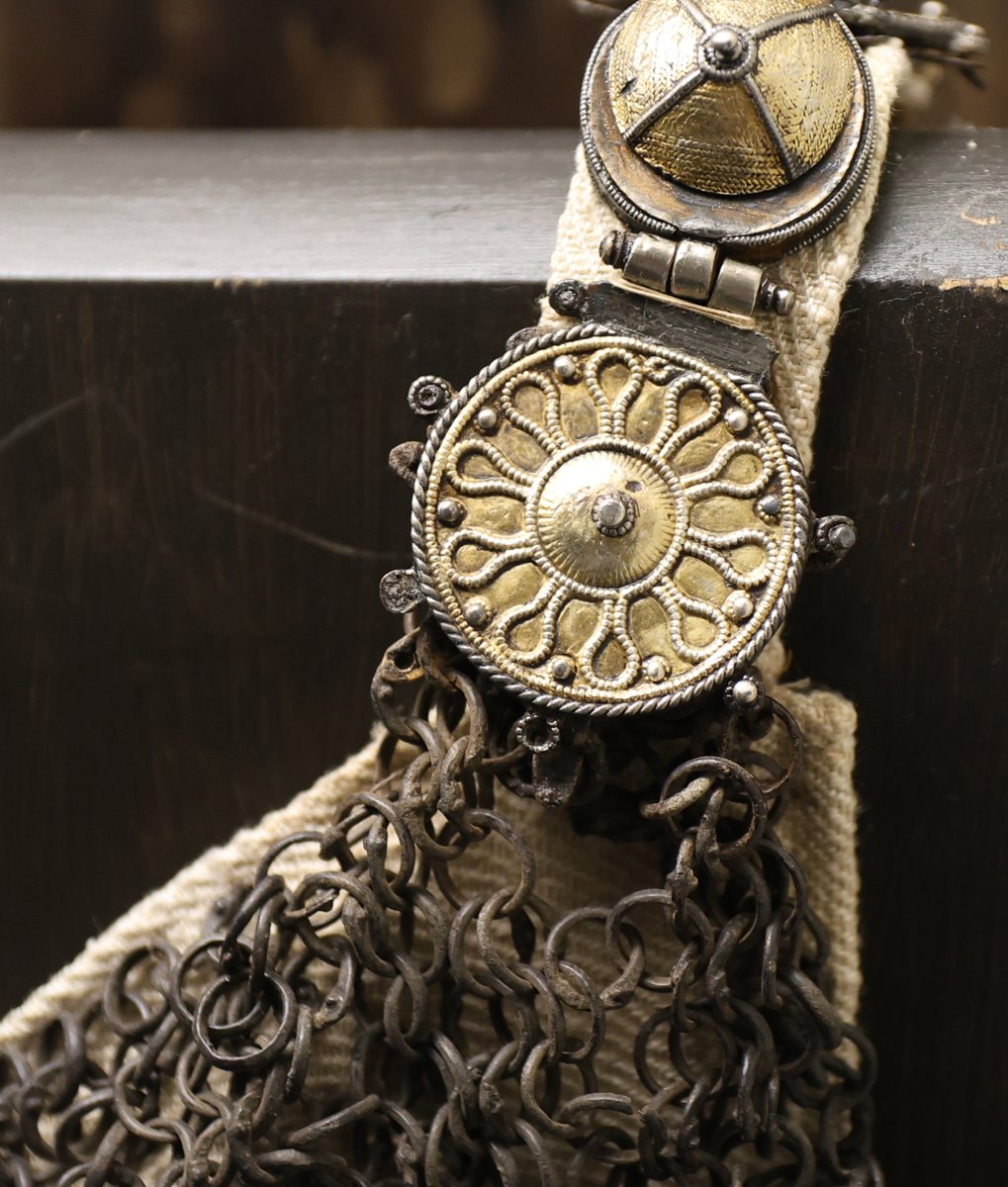
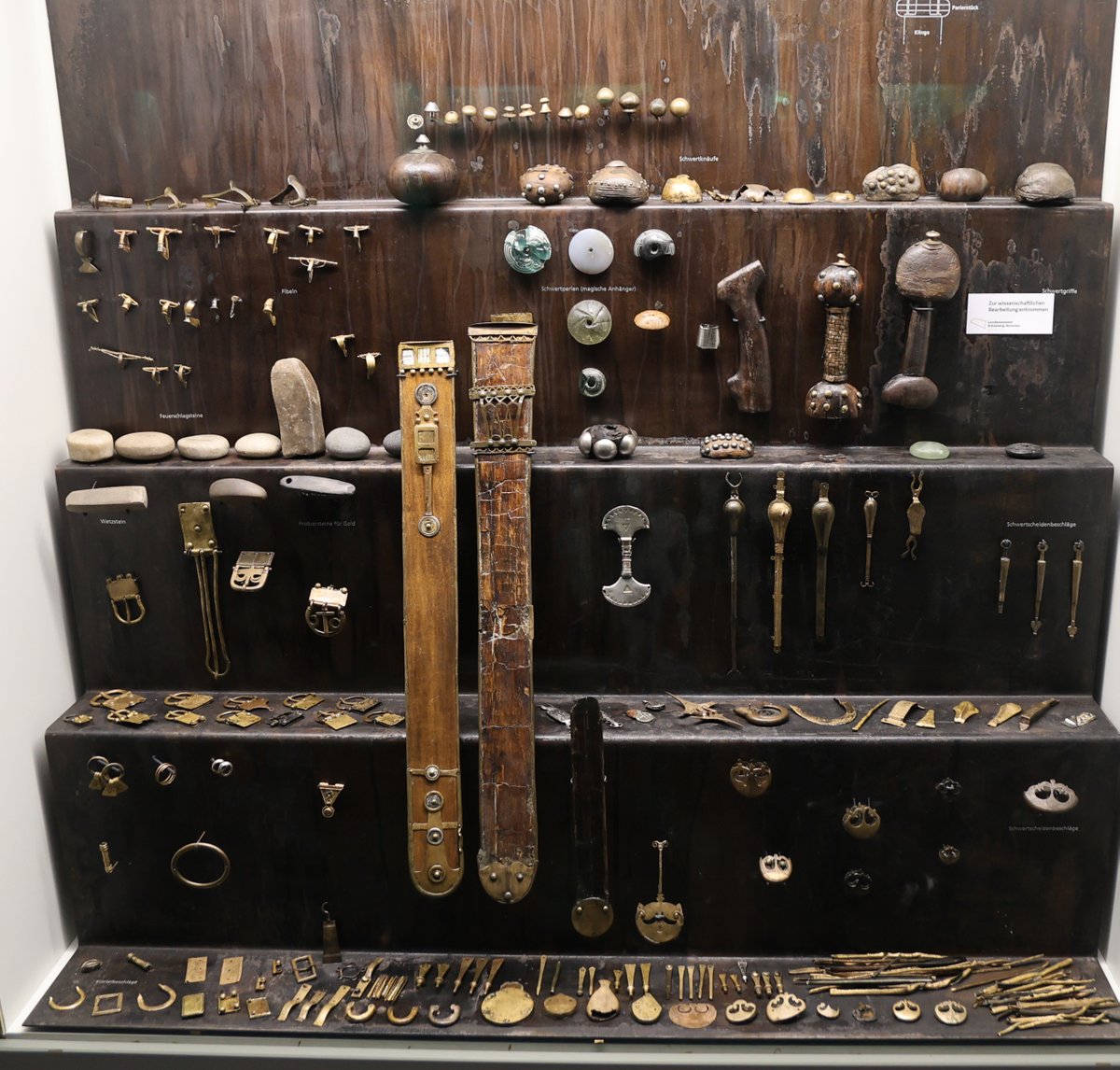
 This silver mask from Thorsberg bog was evidently owned by a very high status military leader with clear connections to the Roman army.
This silver mask from Thorsberg bog was evidently owned by a very high status military leader with clear connections to the Roman army. 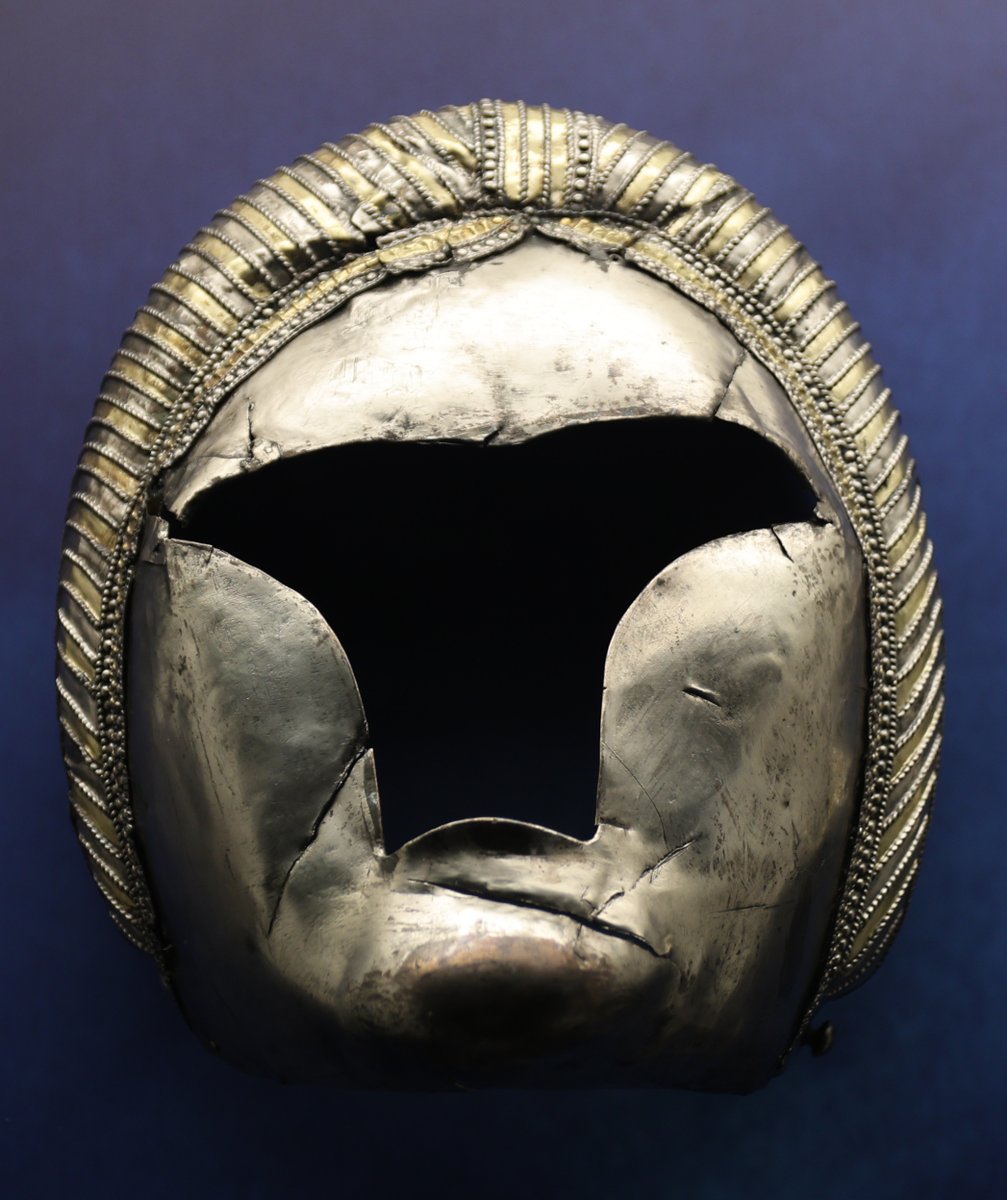
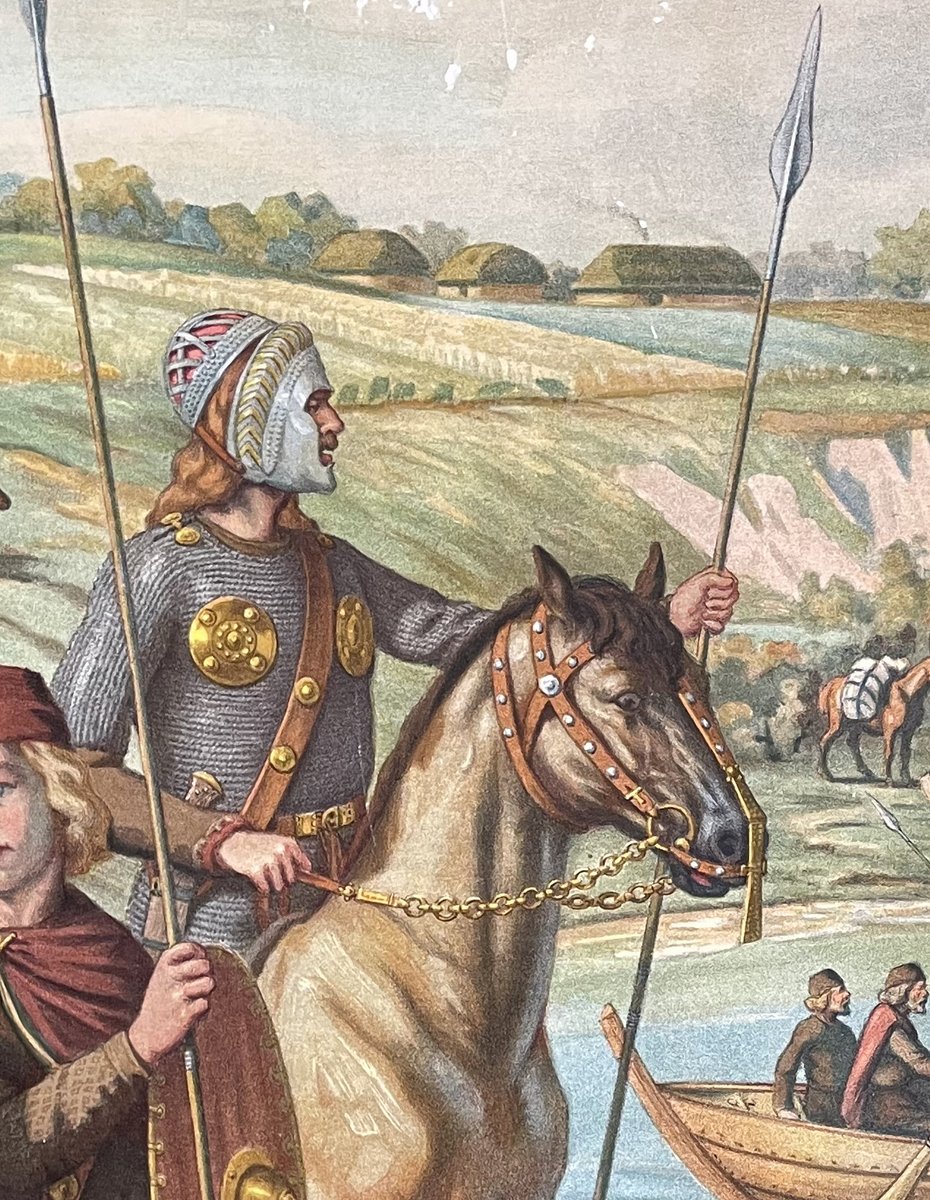


 Conditions of the soil allowed for excellent preservation of wooden items including a chair and foot stool (mentioned in my swastika video) with a runic inscription saying what may be the chief's nick name Alguskathi "elk -harmer".
Conditions of the soil allowed for excellent preservation of wooden items including a chair and foot stool (mentioned in my swastika video) with a runic inscription saying what may be the chief's nick name Alguskathi "elk -harmer".



 A shaman woman and a sexy fisher woman also of the Mesolithic Ertebølle culture
A shaman woman and a sexy fisher woman also of the Mesolithic Ertebølle culture 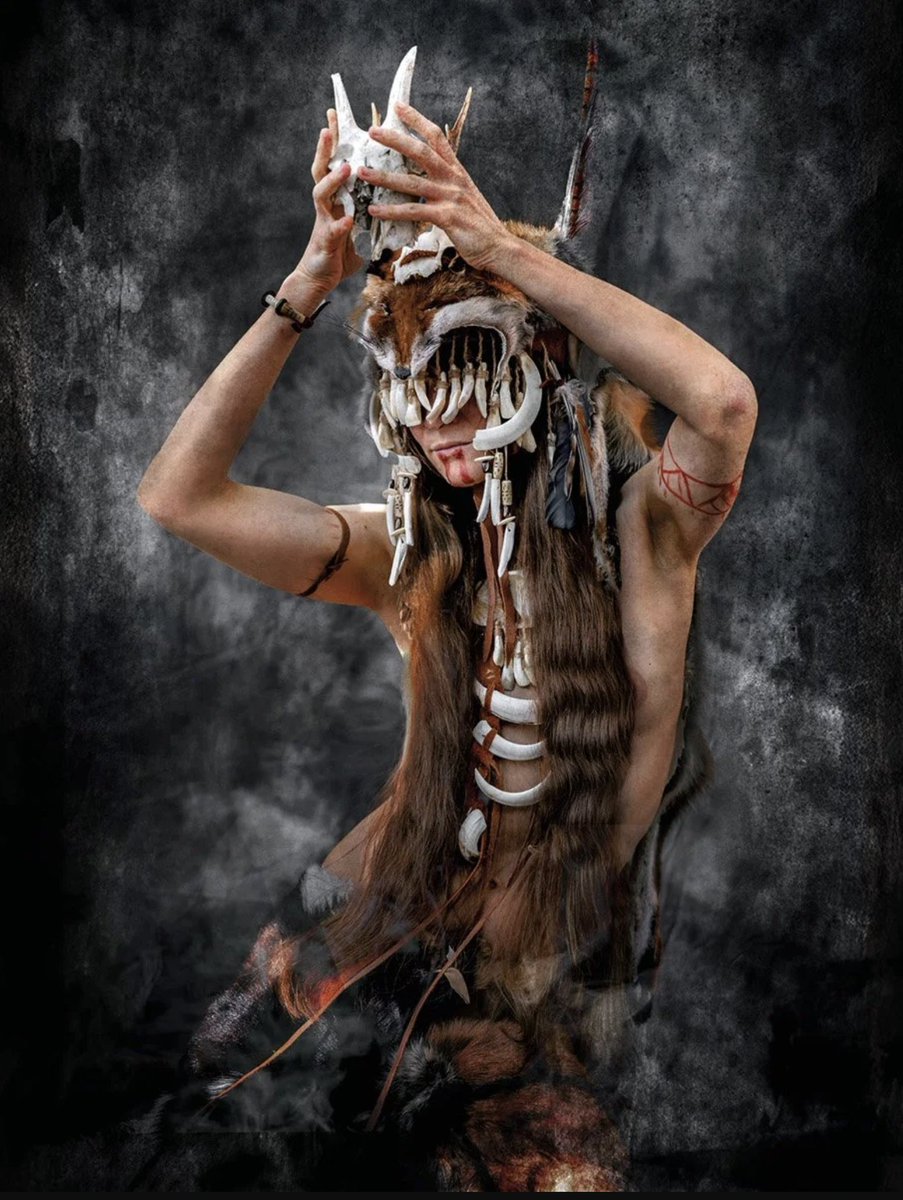

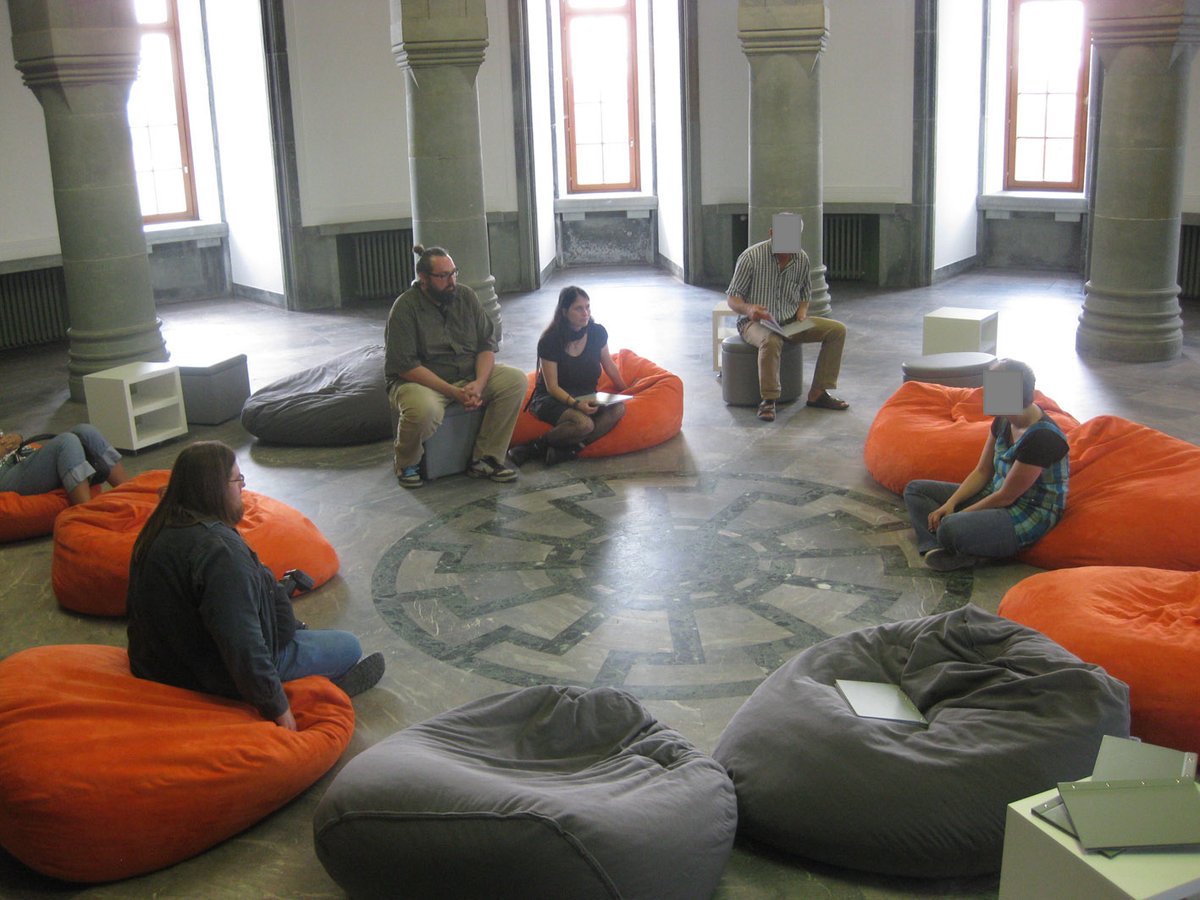

 The decorative discs, cast from bronze, were part of a Germanic woman's belt-fastened sash in the late Merovingian period (6th-7th century). They are particularly common in Germany, and Holland, but are also found in France, England, Scandinavia and Italy.
The decorative discs, cast from bronze, were part of a Germanic woman's belt-fastened sash in the late Merovingian period (6th-7th century). They are particularly common in Germany, and Holland, but are also found in France, England, Scandinavia and Italy. 




 Prior to the American pumpkin tradition, people in Ireland, Scotland and England used turnips, swedes and mangelwurzels. The lanterns were associated with the Catholic holiday of All Hallow’s Eve in Ireland, but protestants in Britain sometimes moved the festival, such as in Somerset where it was held on the last Thursday of October and was called “punkie night”. Punkie means ‘jack-o-lantern’ in West Country dialect and these were carried about in a tradition much like trick or treating in America. They didn’t always have faces carved on them, but they were always intended to scare away evil.
Prior to the American pumpkin tradition, people in Ireland, Scotland and England used turnips, swedes and mangelwurzels. The lanterns were associated with the Catholic holiday of All Hallow’s Eve in Ireland, but protestants in Britain sometimes moved the festival, such as in Somerset where it was held on the last Thursday of October and was called “punkie night”. Punkie means ‘jack-o-lantern’ in West Country dialect and these were carried about in a tradition much like trick or treating in America. They didn’t always have faces carved on them, but they were always intended to scare away evil. 

 While it is true that such people are more commonly found in Western regions like Cornwall and Wales (Tom Jones pictured is Welsh - the 1st map shows averaged regional phenotypes) they are also found all over the island. What’s more, many Welsh and Cornish etc are very fair with blonde hair and blue eyes. The fairest skinned people in the world live in Northern Ireland which is “Celtic”. So we cannot say the pre-Saxon Britons or Celts were all dark, and that blondism in Britain was a Germanic introduction. In fact, many Danes are dark too, so this narrative is just a crude simplification. That said, it is probably the case that the frequency of the phenotype being rarer in the East has something to do with Anglo-Saxon ancestry being higher there (pie chart map w data from Gretzinger et al 2022 shows red as Anglo-Saxon which is up to 50% in the East, compared to just 25% in Cornwall, blue = Iron Age Briton). 2/6
While it is true that such people are more commonly found in Western regions like Cornwall and Wales (Tom Jones pictured is Welsh - the 1st map shows averaged regional phenotypes) they are also found all over the island. What’s more, many Welsh and Cornish etc are very fair with blonde hair and blue eyes. The fairest skinned people in the world live in Northern Ireland which is “Celtic”. So we cannot say the pre-Saxon Britons or Celts were all dark, and that blondism in Britain was a Germanic introduction. In fact, many Danes are dark too, so this narrative is just a crude simplification. That said, it is probably the case that the frequency of the phenotype being rarer in the East has something to do with Anglo-Saxon ancestry being higher there (pie chart map w data from Gretzinger et al 2022 shows red as Anglo-Saxon which is up to 50% in the East, compared to just 25% in Cornwall, blue = Iron Age Briton). 2/6
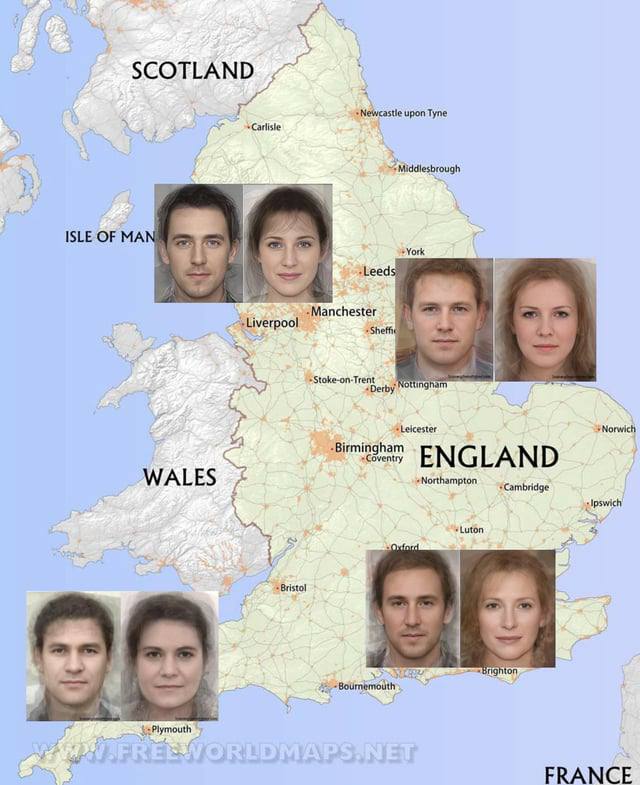



 Latham suggested Lithuania as a possible origin, but significantly, he also identified the Pontic-Caspian steppe as of likely significance to the PIE speakers, mentioning the Volga and the Dnieper.
Latham suggested Lithuania as a possible origin, but significantly, he also identified the Pontic-Caspian steppe as of likely significance to the PIE speakers, mentioning the Volga and the Dnieper. 

 In his effort to prove that the fairies derive from racial memories of the "small-statured pre-Celtic race", folklorist David MacRitchie was determined to demonstrate that the focus of longbarrows in fairylore is due to their being of pre-Indo-European manufacture.
In his effort to prove that the fairies derive from racial memories of the "small-statured pre-Celtic race", folklorist David MacRitchie was determined to demonstrate that the focus of longbarrows in fairylore is due to their being of pre-Indo-European manufacture.

 Asser’s Vita Alfedi and the Anglo-Saxon chronicle both point to Devon which the army approached from Wales after having raided at Dyfed. In a later tradition Ubba is said to be a son of Ragnar Lodbrok. Here they are both depicted worshipping idols of their gods.
Asser’s Vita Alfedi and the Anglo-Saxon chronicle both point to Devon which the army approached from Wales after having raided at Dyfed. In a later tradition Ubba is said to be a son of Ragnar Lodbrok. Here they are both depicted worshipping idols of their gods. 